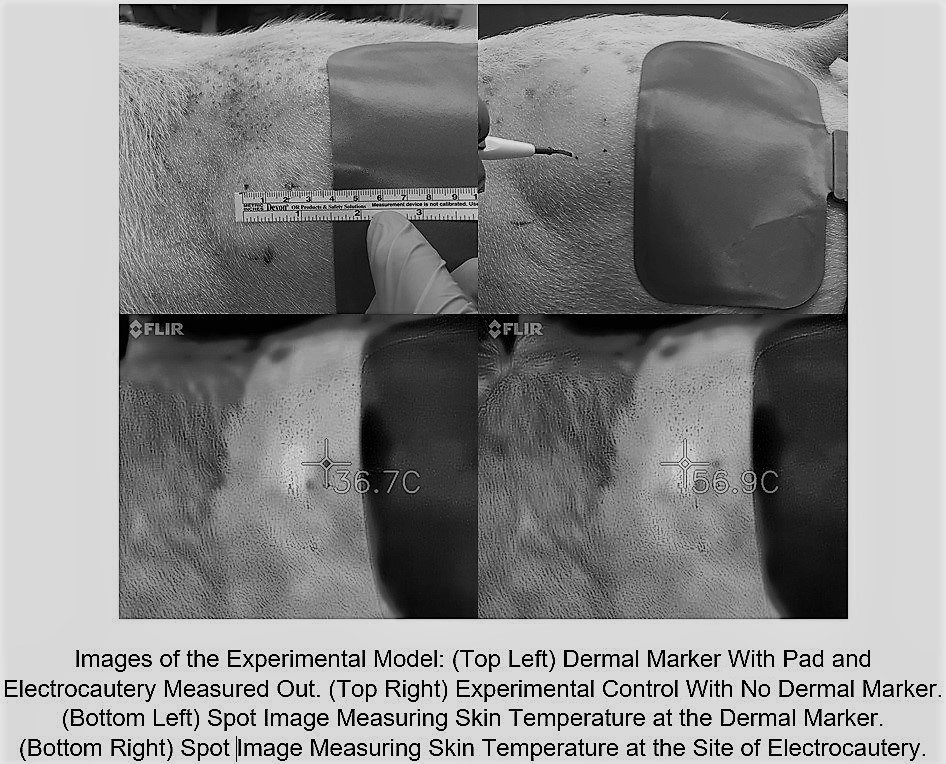L. Dewberry1, C. Zgheib1, M. M. Hodges1, S. A. Hilton1, J. Hu1, J. Xu1, K. W. Liechty1 1University Of Colorado Denver,Department Of Surgery,Aurora, CO, USA
Introduction:
Diabetic wounds are characterized by chronic inflammation. Persistent, proinflammatory macrophage polarization (M1) has been implicated in this pathophysiology. Previous work in our lab has demonstrated that miR-146a downregulates inflammation in the wound, and that the delivery of miR-146a conjugated to cerium oxide nanoparticles (CNP-miR146a) improves diabetic wound healing. We hypothesize one of the mechanisms of this improved wound healing is through the promotion of macrophage polarization from M1 to M2, which leads to resolution of inflammation.
Methods:
Using a murine model, two 8mm dorsal wounds were created using eleven-week-old male mice homozygous for the Leprdb mutation (db/db) and age-matched male nondiabetic heterozygous littermates (db/+). At the time of wounding, one group (n=5) was injected with 10micromolar CNP-146a in each wound. This was compared to the db/db group injected with PBS (n=5) and the db/+ group (n=5). Wounds were harvested at day 10, and macrophages were isolated from with wound homogenate using magnetic separation. Genetic expression was evaluated with real-time quantitative PCR.
Results:
At day 10, diabetic wounds treated with CNP-146a demonstrated decreased expression of the markers associated with the M1 phenotype, TNF, STAT-1, and IL-1B, compared to diabetic wounds treated with PBS, with the level of expression similar to those seen in the non-diabetic wounds.
Conclusion:
Administration of CNP-146a to a diabetic wound returns the level of inflammation in macrophages to that of a non-diabetic wound and supports the hypothesis that administration of CNP-146a may restore the transition of macrophages from M1 to M2 to facilitate normal wound healing.







